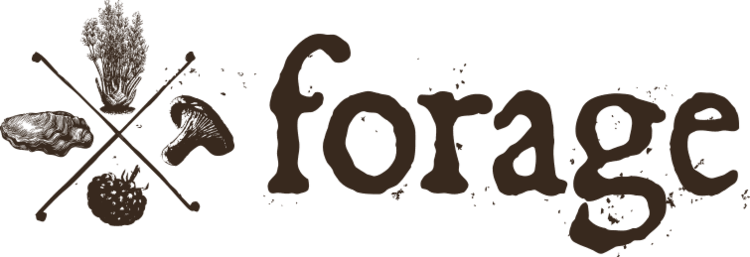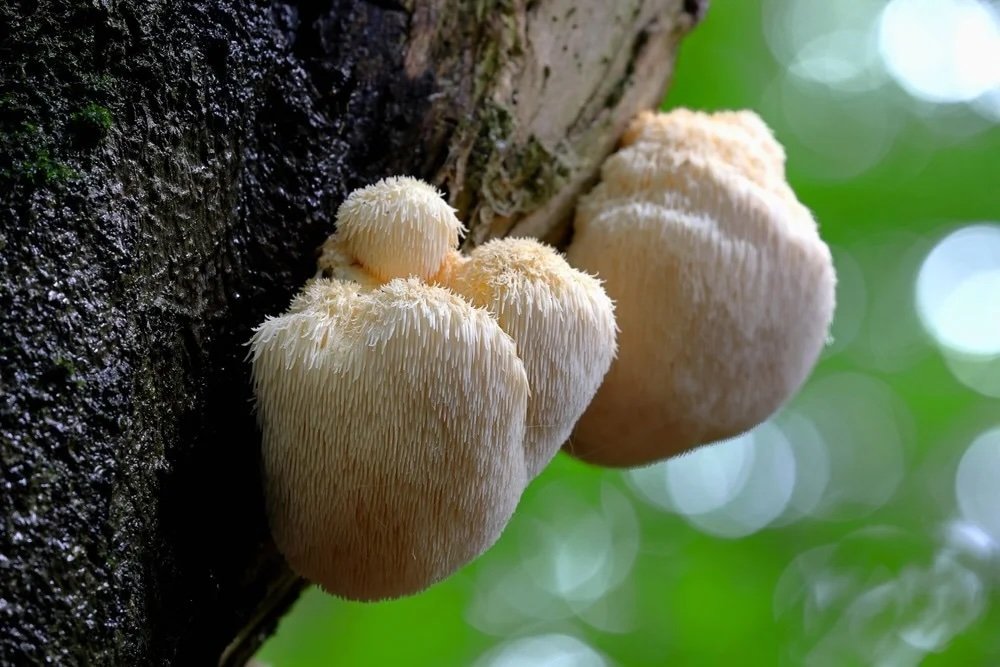Top 4 Wild Mushrooms To Forage For Beginners
Just about anyone can get into mushroom foraging, but there are a few things to be cautious about. Northern California has a variety of wild edible mushrooms. However, just because you find a wild mushroom recipe online doesn’t mean you have enough information to go off of when it comes to mushroom identification. Nature can be unforgiving and there are A LOT of toxic mushrooms that look similar to edible ones.
Don’t let this deter you from mushroom foraging, though; there are a few wild edible mushrooms that you really can’t go wrong with. Below are four wild mushrooms in Northern California that are great ones for beginners since they do not have any toxic lookalikes. The standard “Foolproof Four” are Puffballs, Chicken of the Woods, Morels, and Chanterelles. Here are a few other kinds of beginner-friendly wild mushrooms that you can start with. Eventually, you’ll grow into a knowledgeable fungi identifier.
Black Trumpet (Craterellus Cornucopioides)
Black Trumpets are funnel-shaped mushrooms with top edges that roll outwards. Rather than gills, the undersides of their caps are smooth and often wrinkled. These mushrooms like to grow in dark and damp areas and tend to pop up in patches. With no poisonous lookalikes, the Black Trumpet is a safe mushroom for beginners. However, their dark appearance can make them quite difficult to spot.
Shaggy Mane (Coprinus Comatus)
Shaggy Mane mushrooms have black spores and a white oblong cap that has a shaggy look to it due to its upturned scales. Also known as the Lawyer’s Wig, these subtle-tasting mushrooms grow right out of the ground, often in areas where the land has been disturbed. Get these mushrooms before they mature because they end up getting inky, black, and less tasty with age. Their one common lookalike, the Inky Cap, is edible as well but can cause a few side effects when consumed with alcohol. Unlike Shaggy Manes, Inky Caps tend to grow in dense patches.
Lion’s Mane (Hericium Erinaceus)
The extremely distinct look of the Lion’s Mane mushroom is one that is not replicated by any toxic mushroom. Lion’s Mane mushrooms are known for their medicinal properties. They help to improve cognitive ability, reduce inflammation, and may lower the risk of serious medical issues, such as cancer and heart disease. Look for these icicle-like clusters on hardwoods and logs. They have a seafood-like flavor and can be enjoyed cooked, raw, or can even be steeped into a tea.
Oyster Mushrooms (Pleurotus Ostreatus)
Oyster mushrooms grow in shelf-like clusters, making it pretty easy to come home with a full bag — as long as you know where to look. They are often spotted on dead/dying Beech and Aspen trees. Not only are wild Oyster mushrooms delicious but they are also easy to identify and have no toxic lookalikes. Just be sure to clean them up before eating, as always.
Going on a stroll in the outdoors is a great way to get away and unwind for a bit. Looking for delicious wild edible mushrooms along the way only adds to the experience. Never take a chance on eating wild mushrooms until they have been correctly identified. This includes being aware of toxic lookalikes. The four distinct mushrooms listed above are perfect ones to start with!
Want to find your own? We have mushroom foraging classes all season in Marin, Sonoma, and the Santa Cruz Mountains.




